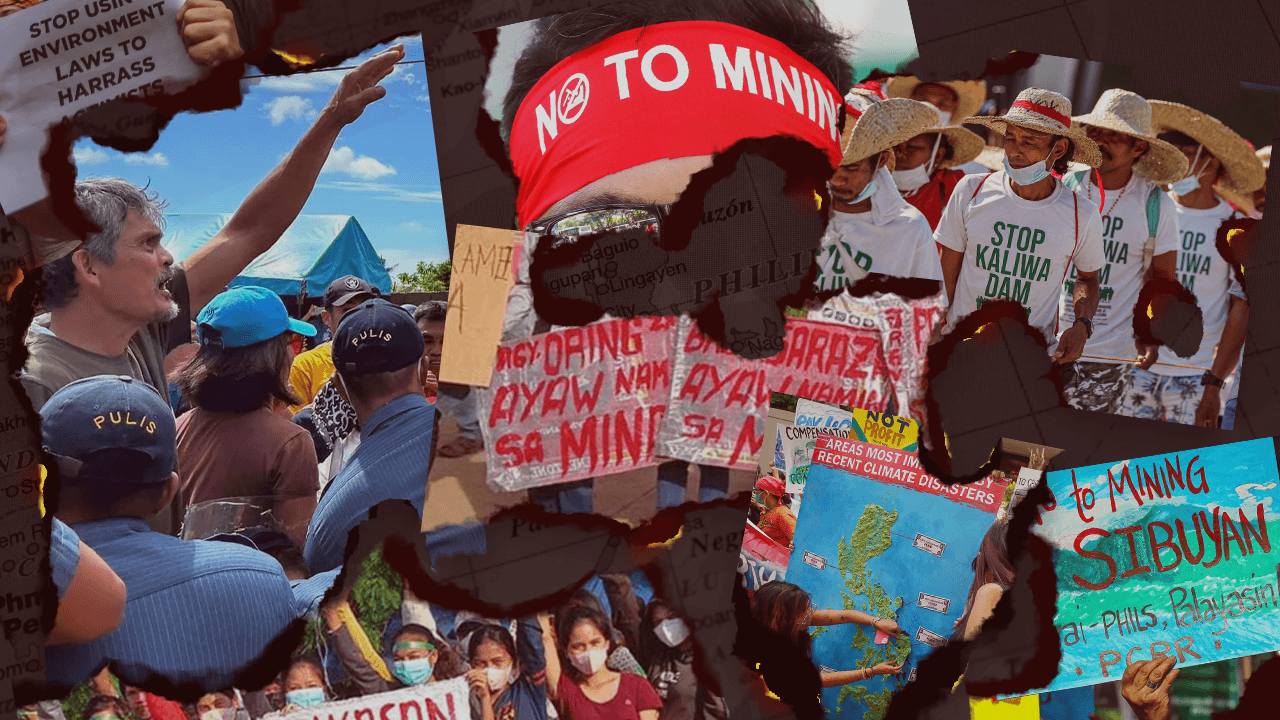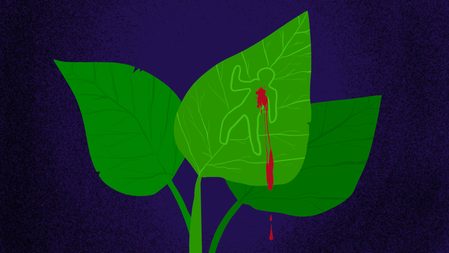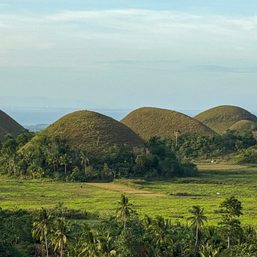SUMMARY
This is AI generated summarization, which may have errors. For context, always refer to the full article.

MANILA, Philippines – For the 10th straight year, the Philippines is still the most dangerous country in Asia for land and environmental defenders, according to a report from non-government organization Global Witness.
Released on Wednesday, September 13, the report counted at least 177 environmental defenders who lost their lives in 2022. There were 16 killings in Asia. The Philippines accounted for 11 of these murders.
The Philippines ranked 5th as most dangerous country in the world, following Latin American countries Colombia, Brazil, Mexico, Honduras.
“We continue to honour the work of those who have lost their lives, and we dedicate our report to them, and to their families and communities,” said Shruti Suresh, co-director of campaigns at Global Witness.
“We will continue to work to elevate the voices of defenders – vital in tackling climate change and protecting our environment from exploitation.”
In the fourth page of the report, Global Witness listed all the names of those killed in the passing year. In the Philippines, the following names were remembered:
- Richard Mendoza
- Chad Errol Booc
- Gelejurain Ngujo II
- Elgyn Balonga
- Robert Aragon
- Tirso Añar
- Joseph Jimenez
- Ericson Acosta
- Silvestre Fortades Jr.
- Rose Marie Galias
- Eugene Lastrella
Global Witness defined land and environmental defenders as people who “take a stand and carry out peaceful action against the unjust, discriminatory, corrupt or damaging exploitation of natural resources or the environment.”
Among those killed were state officials, demonstrators, park rangers, lawyers, and journalists. Female defenders were subjected to 11% of the lethal attacks. More than a third of defenders killed were indigenous peoples.
The group said that this only paints a partial picture of the grim scenario that many defenders around the world face.
“Our data on killings is likely to be an underestimate, given that many murders go unreported, particularly in rural areas and in particular countries,” read the report.
Deadly industries
While the report acknowledged that it would be hard to identify exact drivers of the killings, they found that many of the murdered defenders were linked to agribusiness, mining, and logging industries.
In the Philippines, a third of the killings were connected to people speaking out against the mining sector.
Since he came to power, President Ferdinand Marcos Jr. has been eyeing the mining industry as a means to lift the Philippine economy.
For instance, at his behest, lawmakers from the House of Representatives are now pushing for the rationalization of the mining fiscal regime which some critics have tagged as pro-industry.
Featured in the report is the plight of residents from Sibuyan Island, Romblon, who were protesting against the mining exploration activities of Altai Philippines Mining Corporations. Early this year, residents formed a human barricade to stop mining trucks carrying nickel ore.
“The bullish promotion of extractive industries and environmentally unsustainable infrastructure calls for stronger action of environmental defenders and communities affected,” said Rodne Galicha, executive director of Living Laudato Si and one of the Sibuyan residents who oppose mining.
“Continuous impunity backed by policies which freely tag those who resist related to communist and terrorist groups makes us more vulnerable to threats, misinformation, arrests and even death,” he added.
In Palawan, a team of para-enforcers that confiscate chainsaws and other equipment that enable massive logging had suffered a number of losses.
The report also counts enforced disappearances, which they check every six months. Global Witness records a disappearance as a killing if there is no update.
Recently, two female environmental activists preparing for relief operations and engaged in anti-reclamation campaigns were abducted in Bataan. It’s been more than a week since their reported abduction and they have not yet been found.
Moving forward
To make a safer space for defenders, Global Witness laid out a list of recommendations for governments and businesses.
“Governments around the world must urgently address the senseless killings of those who stand up for our planet, including for the protection of its most precious ecosystems which have a critical role to play in tackling the climate emergency,” said Suresh.
Laws must be established to protect defenders and “where such laws do not exist, new frameworks must be established,” the report read.
Meanwhile, laws that target or criminalize protesters should be revoked.
For international institutions, the group recommended the disaggregation of data on attacks against defenders. Indigenous peoples, women and girls, land and environmental defenders must be differentiated to create a more detailed picture of what’s happening on the ground.
“Companies should be pushed to “carry out due diligence on human rights, environmental and climate risks throughout their global operations.” They must be held responsible to identify, prevent, mitigate harms in their operations.
It is also recommended that a rights-based approach be employed in addressing climate change.
In 2022, the Commission on Human Rights (CHR) took the first step in its landmark case declaring climate change as a human rights issue.
The CHR’s report emphasized that the neglect of climate change mitigation is a threat to Filipinos’ human rights. – Rappler.com
Add a comment
How does this make you feel?






There are no comments yet. Add your comment to start the conversation.